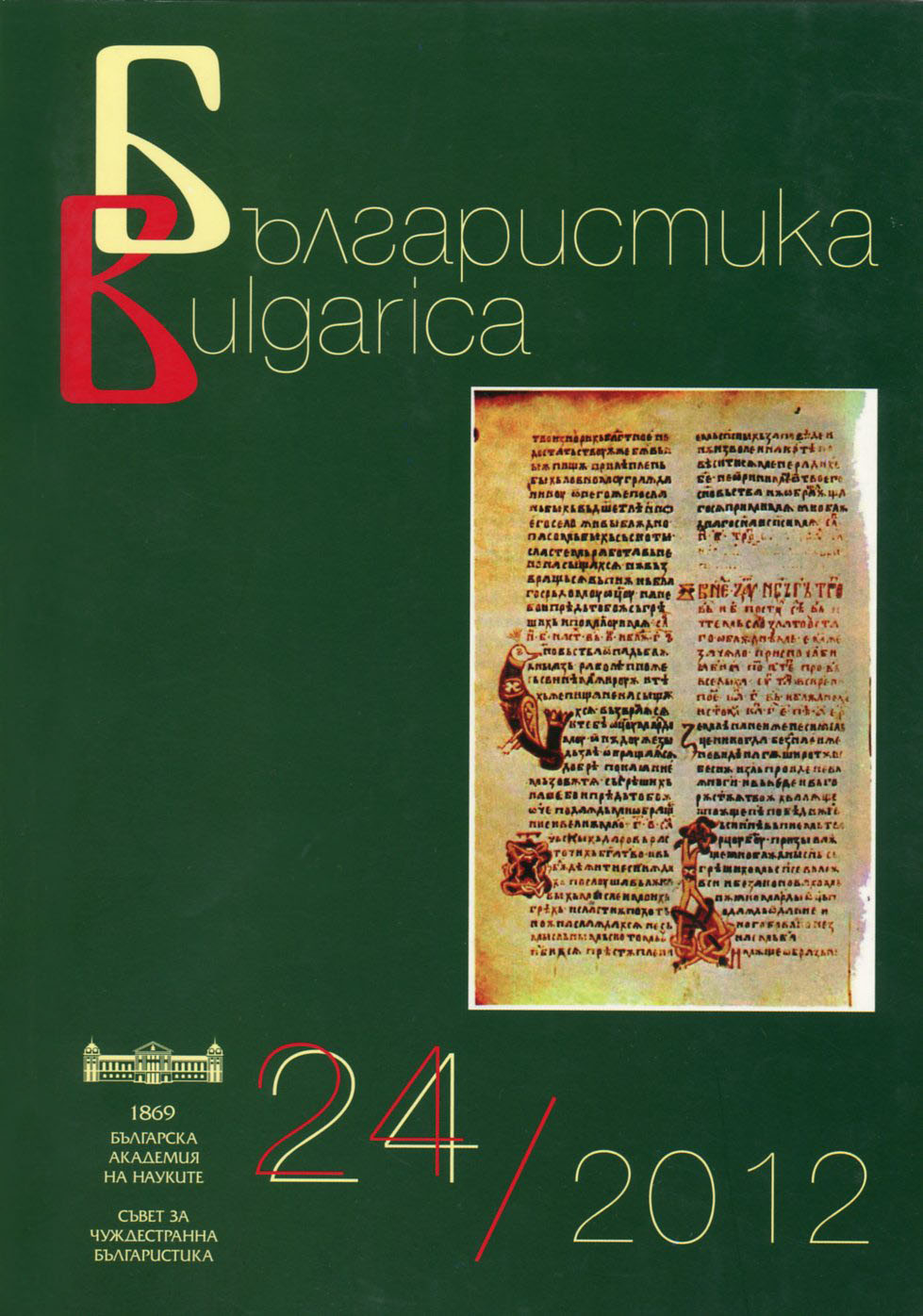
Научна периодика 2011–2012 г.
Content of the main Bulgarian scientific journals for the current year in linguistics, literature, history, folklore, ethnography, archaeology and art studies
More...We kindly inform you that, as long as the subject affiliation of our 300.000+ articles is in progress, you might get unsufficient or no results on your third level or second level search. In this case, please broaden your search criteria.

Content of the main Bulgarian scientific journals for the current year in linguistics, literature, history, folklore, ethnography, archaeology and art studies
More...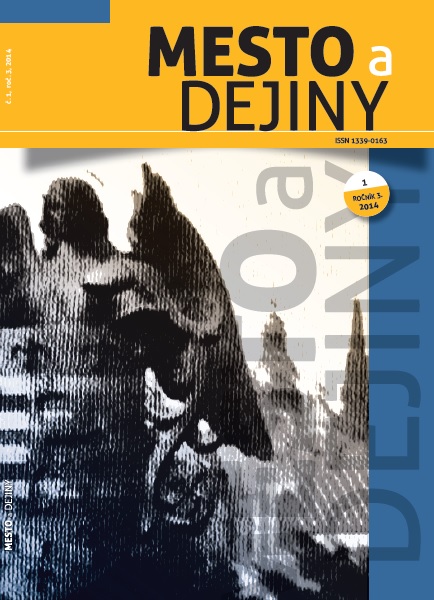
Materials about the nature of personal relationships are an important source of information about everyday life. This article bring information on daily life and attention is focused on the city of Krakow. In addition leading themes, personal relationships contain a lot of information about the difficulties with the supply and quality of housing, the attitude towards the changes taking place in the city, functioning within the official public life and privacy. The purpose of this article is not to criticize source materials such as memoirs, or reflections on the formation and functioning of the memory of the war and occupation.
More...
The article presents the program of sexual education prepared and offered by Krakow Branch of the Planned Parenthood Association in the wider context of socio-political situation in Krakow (1956 – 1989). Since the beginning of the Association’s existence, the special attention was paid to the development of educational program, which concerned the different aspects of „family life“. The article is going to answer the questions about its goals, the educational tools used to achieve them and its social targets. To accurately determine the position of the Association in the city‘s community I will analyse its foundation and activities in wider context of the pre-war traditions of the organisation and the activities regarding premarital counselling undertaken by the Krakow Catholic Church.
More...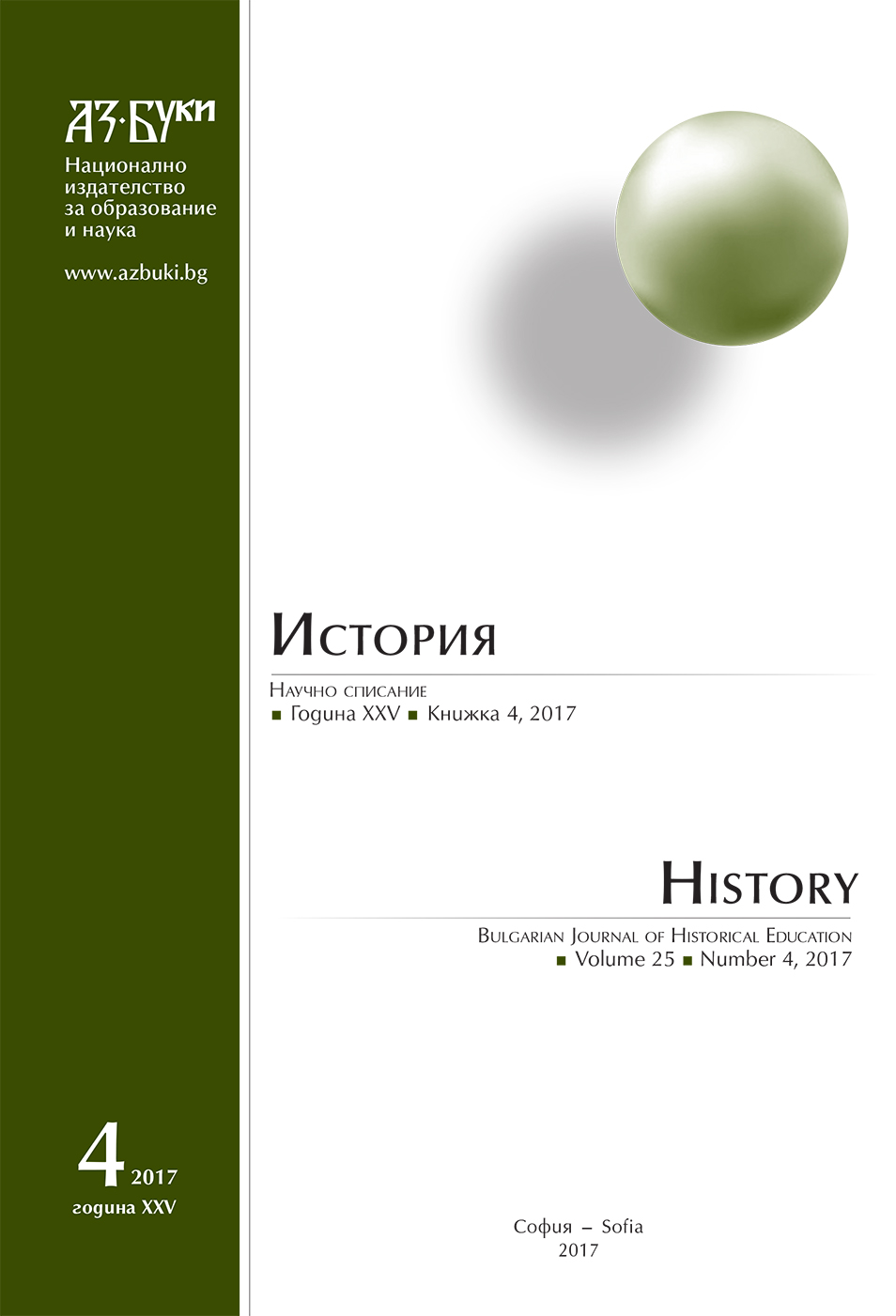
In this article the application of Sharia law over the Muslim population of Vardar Macedonia is demonstrated. The application of Sharia Law form the establishment of Ottoman rule until the end of the Second World War is directly related to functioning of state Sharia courts. In this era the Sharia law is part of the positive law. With the change in the historical and political context in the aftermath of First World War, the Sharia court have been included in the Yugoslavian secular state as a structure, relatively independent form the Muslim religious authority, which is based on principles of spiritual hierarchy. Its application have had a positive impact, preserving the Muslim population`s identity. After the Second World War the Sharia court are dismissed. From the legal-normative point of view it is not possible to state that this is Sharia law, because there is a lack of state coercion, which is one of the prerequisites to talk about law. After this point, the essence of sharia ruling is preserved via moral relations and obligations, customs and traditions and the work of the religious institutions as well.
More...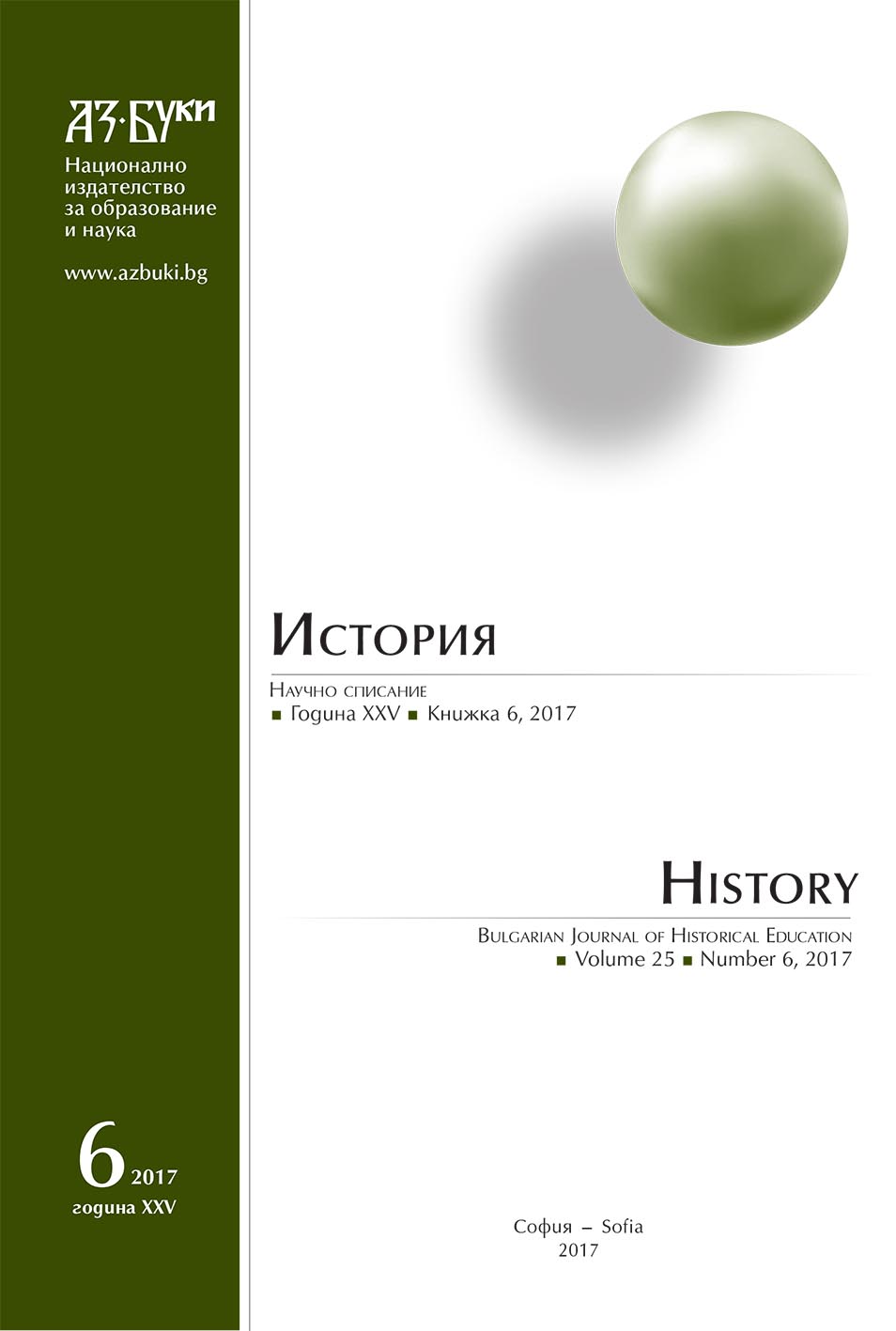
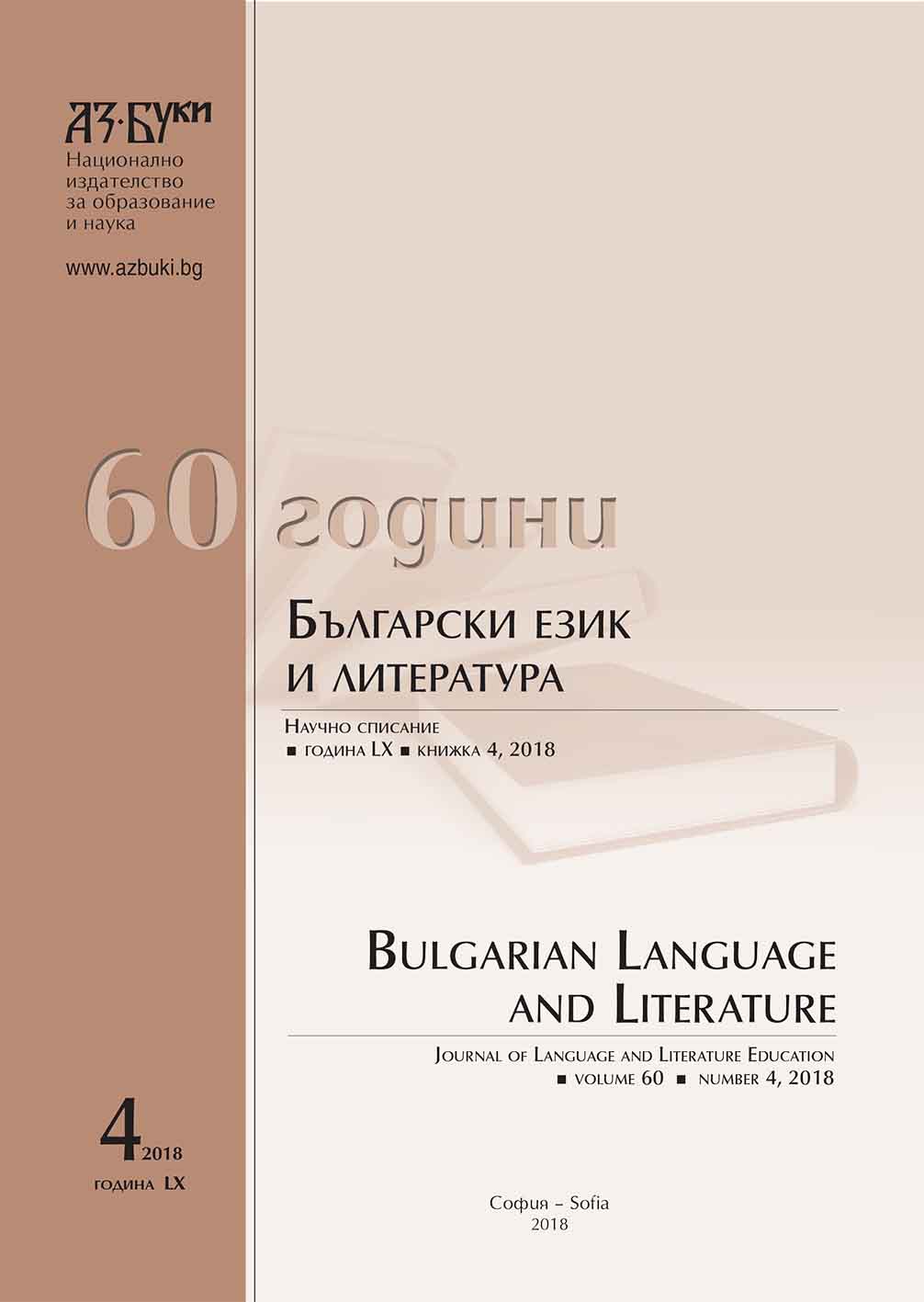
This article suggests an attempt to analyze some texts from the Bulgarian National Revival Periodic Press that interpret a „marvelous discovery“ - the typography. Its role and significance for the radical changes in cultural and literary communication, but also the resistances against it as something new, unknown and affecting someone‘s interests, are also examined. Through some texts by K. Fotinov, P. R. Slaveikov, N. Kazanakli is defended the concept of the typography as discovering new worlds, removing certain boundaries - spatial, temporal - and facilitating the touch to the foreign experience and its more comprehensive absorption, which are of particular importance in the conditions of the Bulgarian 19th century.
More...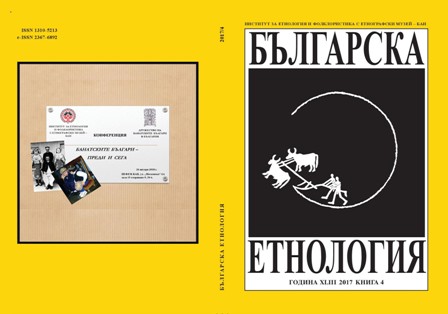
The Scientific Archives of the Bulgarian Academy of Sciences began its work with the foundation of the Bulgarian Literary Society in Braila in September 1869. Its task is to find, process and offer for use all the materials on the history of the scientific thought in Bulgaria and the history of the BAS. The Scientific Archive preserves the archival documents of the institutes of the BAS as well as the personal collections of academicians, corresponding members and professors; it does scientific and technical processing, estimates the value of the archival documents and restores them. The archive organizes the use of the archival documents for scientific research, reference and other purposes, prepares documentary publications and exhibitions of documents.The cultural heritage preserved in the BAS is a national treasure and we are responsible for its protection.This article examines only archival collections with ethnographic materials and researches. It is an invitation to researchers for future studies.
More...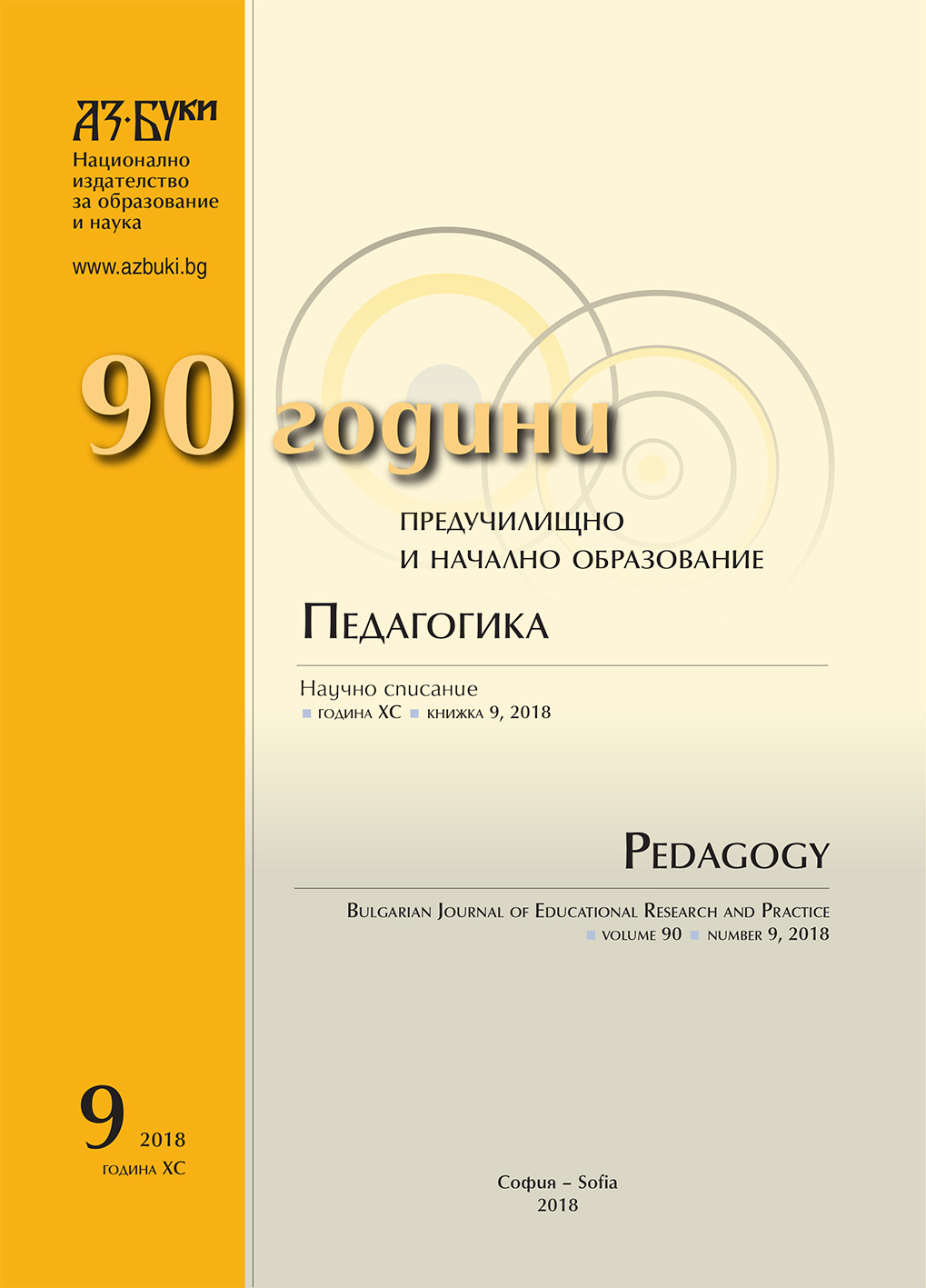
The paper presents the problem of the rights of the child from socially-pedagogical perspective and in connection with the threats of the World War II. Some perspectives are outlined in the foreground: “military complex” and “zone of the social solidarity”. With the first term, the totality of the negative psychical, physical and social consequences that children endured in the result of the military actions are marked. With the second term, different forms of help and actions for children`s protection in case of threat for their life and existence are marked.
More...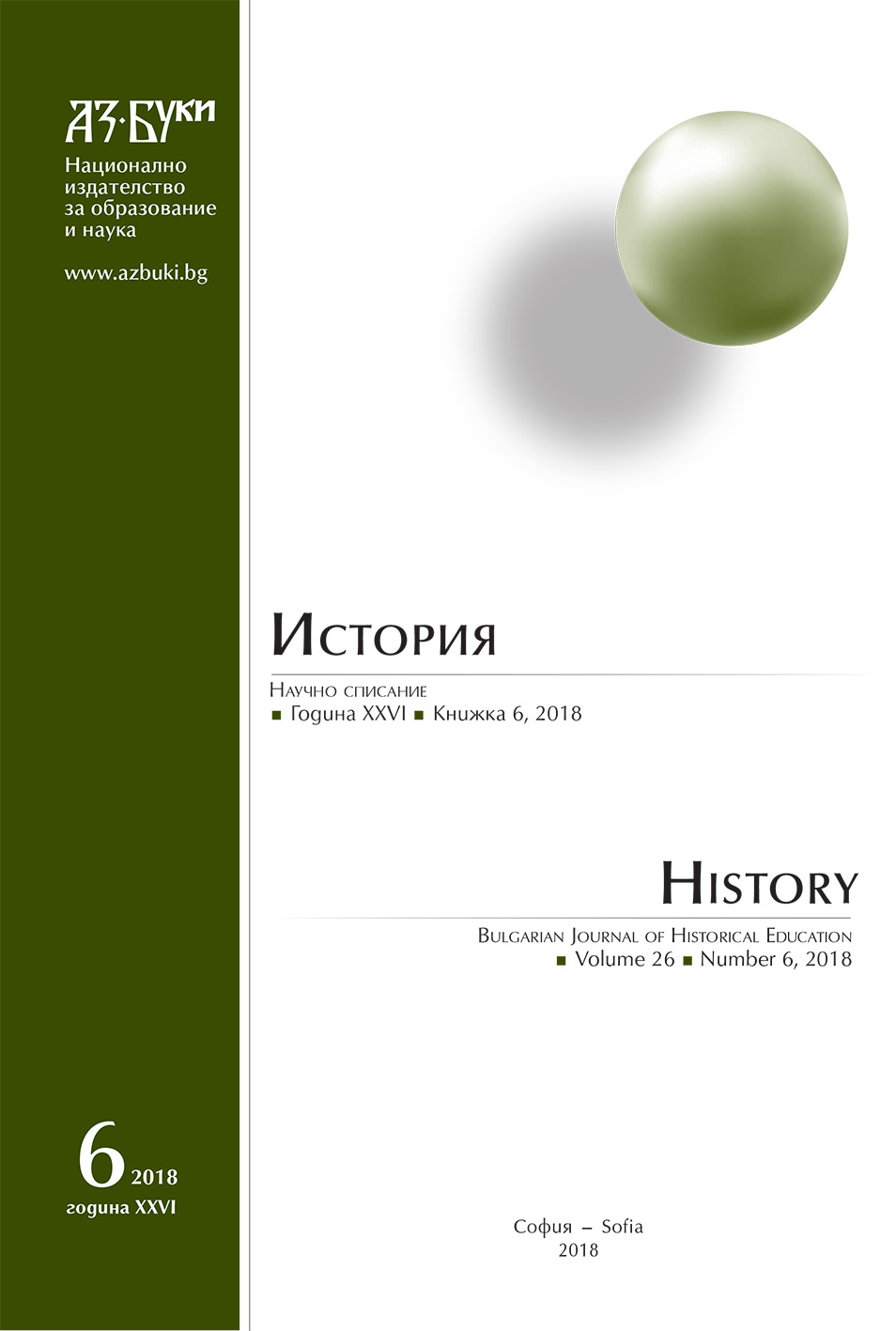
The common enemy of the reborn Poland and the Ukrainian People’s Republic was Bolshevik Russia. On the initiative of the leaders of both countries: Józef Piłsudski and Symon Petlura, an alliance agreement was signed between Poland and the Ukrainian People’s Republic on 22 April 1920. Piłsudski treated cooperation with Ukraine as a key element of his broader plan to rebuild eastern Europe. The result of the concluded alliance was the participation of the Ukrainian army in defense of Poland against the Bolshevik invasion in the summer of 1920. However, the great military victory was largely wasted politically because no Ukrainian state was established. The Treaty of Riga, signed on March 18, 1921, signified de facto defeat of Piłsudski’s plans.
More...
“Prometheanism” meant the political cooperation of interwar Poland with non-Russian peoples and nations in Russia directed against the tsarist, and later the Soviet empire. The Promethean movement included representatives of Ukraine (Ukrainian People’s Republic – UNR), Caucasus (Georgia, Azerbaijan, Mountaineers of the Northern Caucasus), Crimean and Volga Tatars, Turkestan and nations inhabiting Finland (Ingria, Komi, Karelia), as well as a part of the Don, Kuban and Terek Cossacks. This article focuses on the relations between the Polish side and individual nations and structures of the Promethean front, on those turning moments in its development, as well as on the political and organisational evolution of the Promethean movement.
More...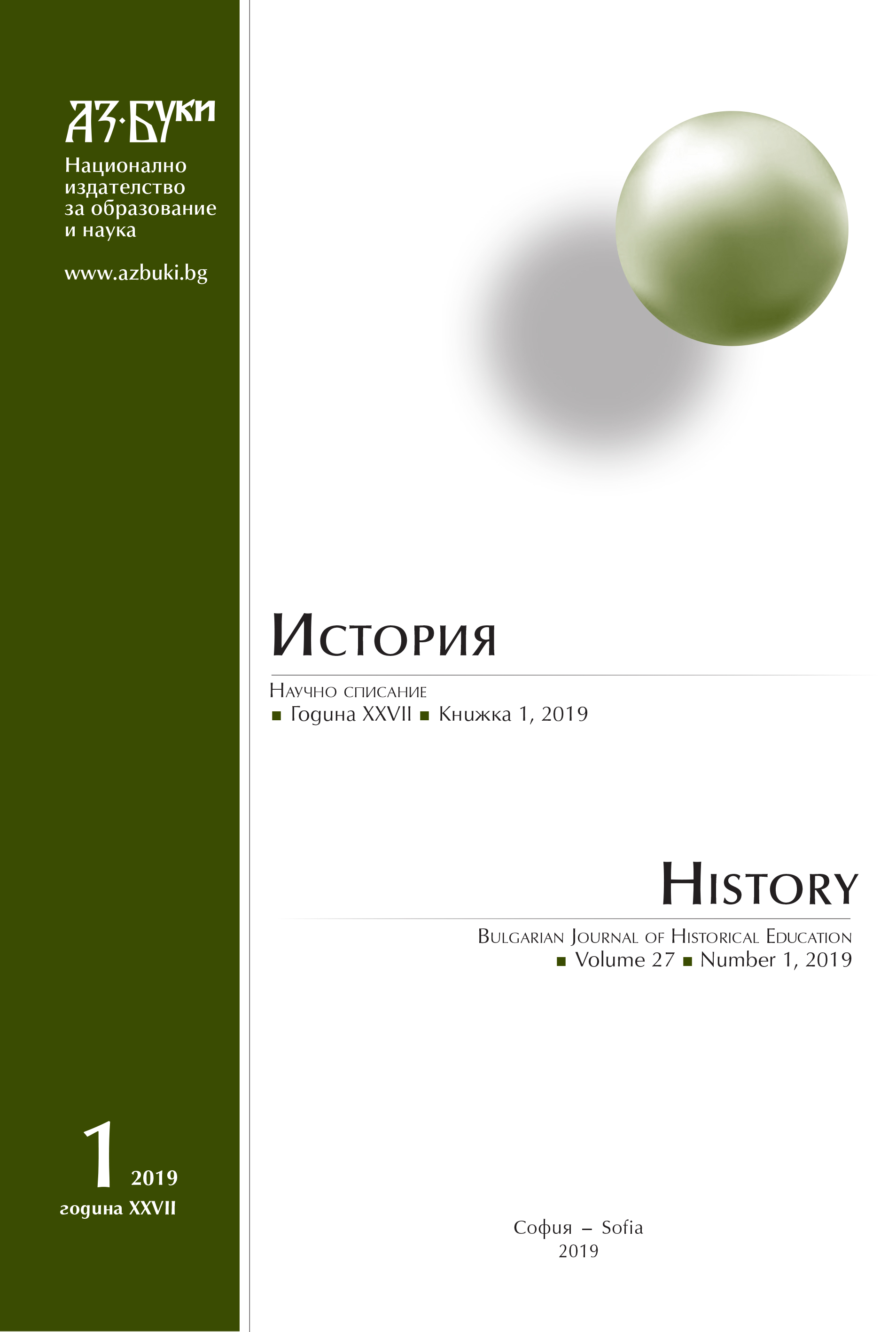
After the end of the World War One the old political habits were put under a serious test. The tough consequences of the conflict led to new ideologies that offered quick and easy recipes for coming out of the aftermath of the after military crisis. The Italian fascism, for example, promoted the vision of a strong state, guided by the Fascist Party and its leader. The leader, his party embodied the state. They were its image and content. These understandings were “further developed” by the German National Socialism, which added to them the racial hatred and the idea of the superiority of the Aryan. Everybody knows what the final of these political experiments was.
More...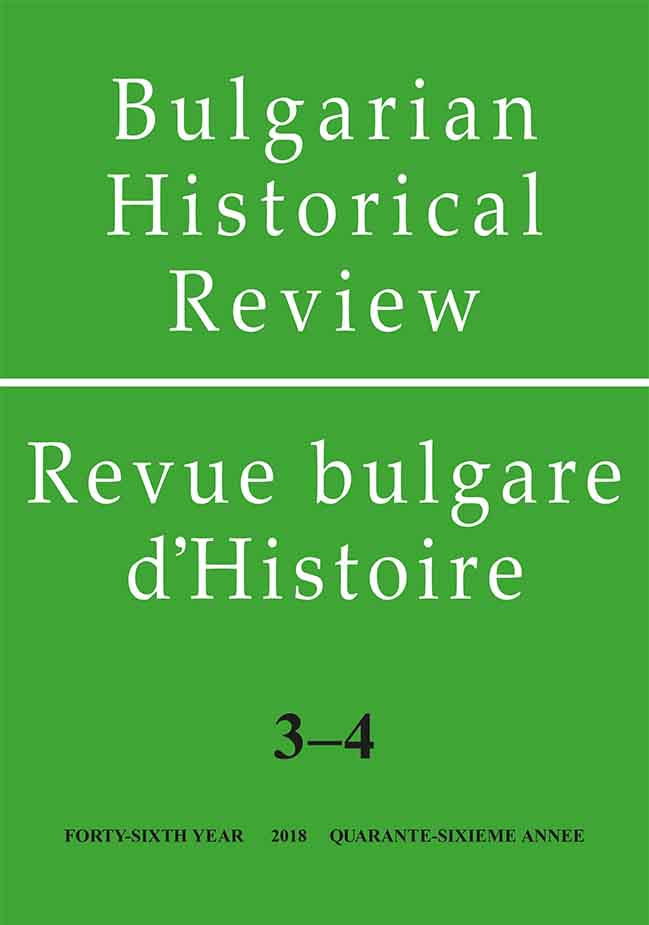
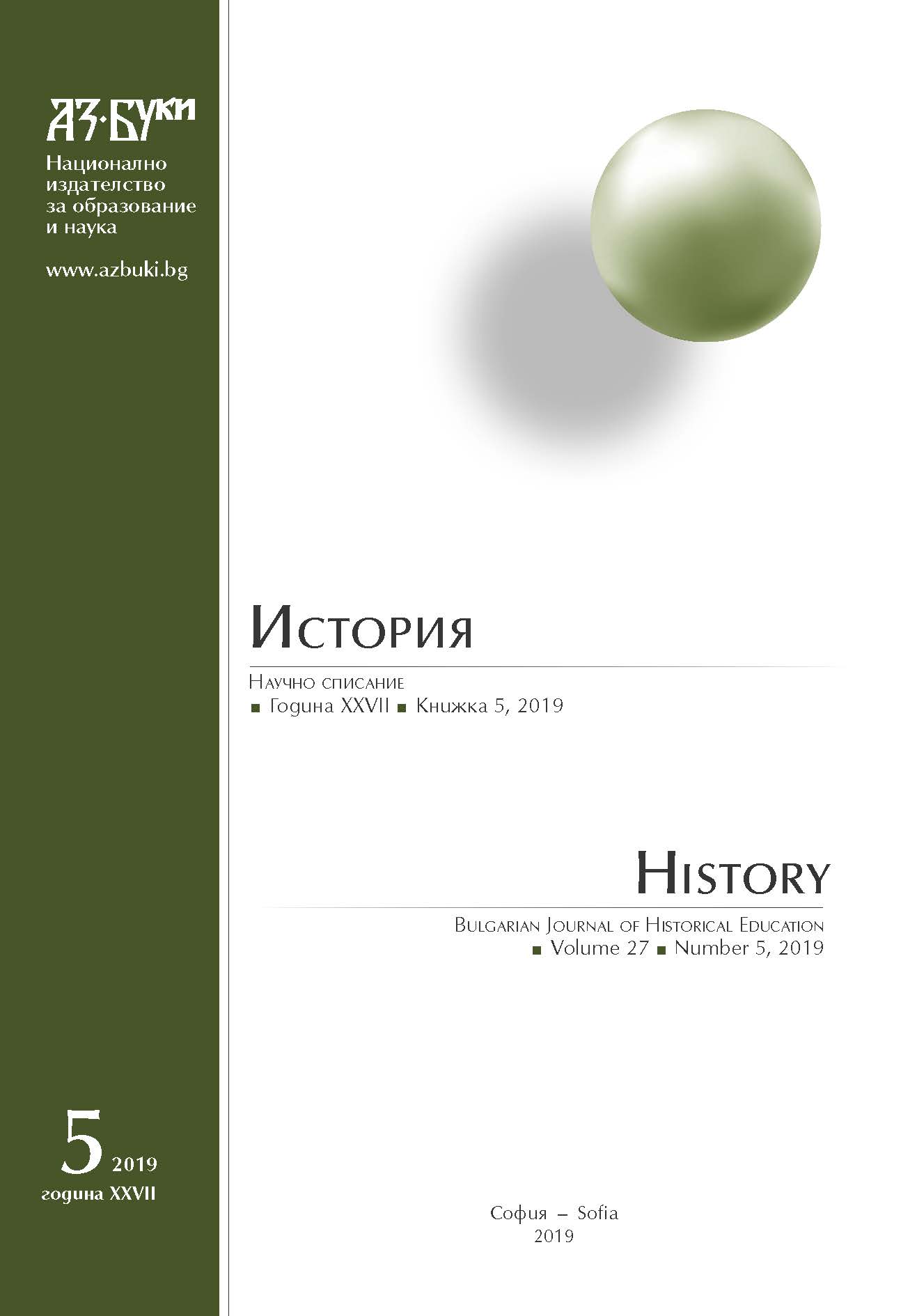
The article tries to characterize the plight of the Jewish community– in its legal, social and economic aspect – on German-occupied Polish soil in the first years of WWII (1939-1941). The text analyzes the key measures of the German authorities toward the Jews, beginning with the Third Reich’s aggression against Poland on September 1, 1939, until the decision of the extermination of European Jews (second half of 1941). The Authors analyze legal acts limiting the functioning of the Jewish community and how they really influenced their everyday life. The question at stake has to be seen against a wider backdrop: the policy of the German occupant against the Polish state and its population.
More...
The article presents inception and the first months of the functioning of the underground Polish Socialist Party occurring in 1939-1944, under the code name “Wolność-Równość-Niepodległość” (Freedom-Equality-Independence). Its hows both the pre-war preparations of the PPS and the way in which the PPS-WRN was formed at the beginning of October 1939, as well as the principles on which its organization was based. The article also discusses both the beginnings of the PPS-WRN underground press and the party’s place in the forming structures of the Polish Underground State.
More...
This article intends to answer two fundamental questions: 1) What kind of image of Poland was created by the authorities of the Soviet Union on the eve of and during the Soviet aggression against Poland on 17 September 1939? 2)Did Soviet society accept this image uncritically, or was it capable of creating its own image of Poland independently? This study is based on an analysis that the Soviet authorities created a false image of Poland as a fascist country which had been defeated by Germany not as a result of its military advantage but as a result of its incorrect policy towards ethnic minorities. The image of Poland was generally accepted by the society of the Soviet Union which was subject to a monopolistic propaganda of the state. Only a small minority of society rejected the image promoted by the authorities – as untrue and a justification for Moscow’s imperial policy.
More...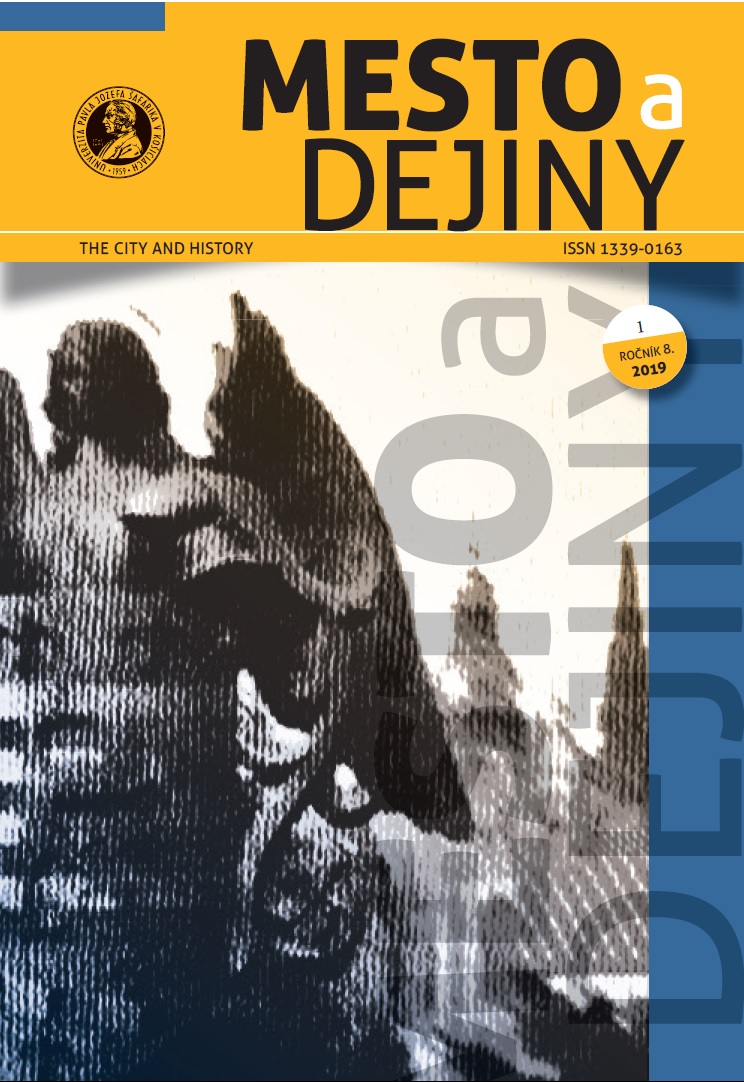
The extension of totalitarian and authoritarian regimes in the first half of the twentieth century, which hit most European states, required political interferences within the highest legislative and executive authorities of states as well as in local administrations and bodies of self-government. Legislative interventions resulted in the formation of new local political elites whose representatives, mostly recruited by the criterion of political reliability, held the defining positions and played the significant role in implementing anti-Jewish policy during the Holocaust era. The main aim of this contribution is the analysis of the mechanisms of legislative interventions into the creation of new local political elites in selected examples of Nazi-occupied countries (General Government, Protectorate of Bohemia and Moravia) and allied regimes (Slovak State and Hungary).
More...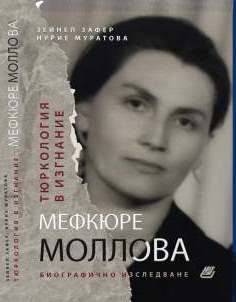
Mefküre Mollova was the first Turkish woman and university professor in Bulgaria, who defended her Ph.D. thesis in the field of turkology and gained international fame for her research. She is the author of over 150 publications in prestigious international journals that continue to be cited today. Mefküre Mollova was among the founders of the Turkish Philology at the University of Sofia. She had worked for only about 7 years (1953-1961), when she and her husband were dismissed from their academic positions on false claims, and the Department was closed. She remained outside the academia until the end of her life.
More...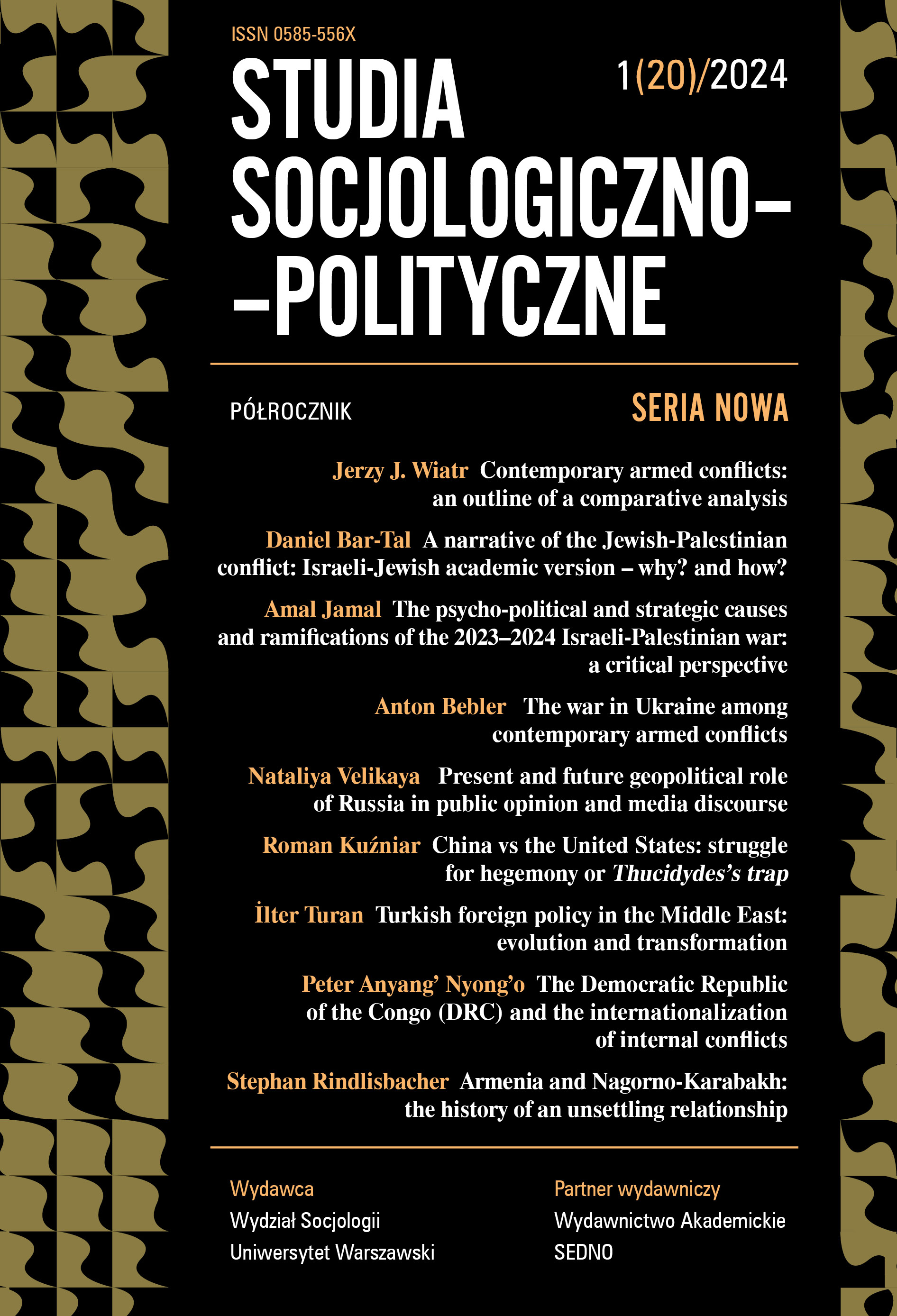
After its founding, the Turkish Republic kept its distance from Arab affairs. During the interwar period, Türkiye worked to develop its own national identity while maintaining a balance between imperialist and revisionist powers. After WWII, Türkiye, threatened by Soviets, joined NATO whereas the newly independent Middle Eastern states viewed Russia as an anti-colonialist friend. The coming of détente and changes in Turkish economic policy toward export-led growth, guided Türkiye to develop closer economic relations with its neighbors. Its clear foreign policy rule, however, was not getting involved in the politics of any Arab country or in inter-Arab matters. The Arab Spring led the religiously oriented AKP to judge that Türkiye could lead Sunni-majority countries. Facing total failure, Türkiye is trying to restore former relations with regional countries but lacking trust, this is a slow and only partially successful process.
More...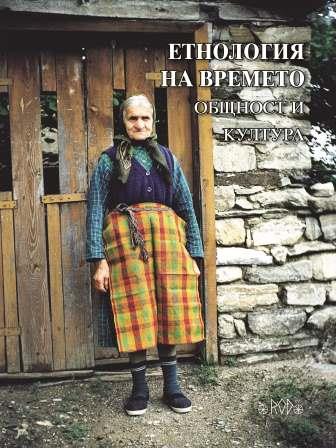
According to the definition by ICOM, „A museum is a not-for-profit, permanent institution in the service of society that researches, collects, conserves, interprets and exhibits tangible and intangible heritage. Open to the public, accessible and inclusive, museums foster diversity and sustainability. They operate and communicate ethically, professionally and with the participation of communities, offering varied experiences for education, enjoyment, reflection and knowledge sharing.“ (https://icom. museum/en/resources/standards-guidelines/museum-definition/) At first glance, the museums in Bulgaria, and correspondingly those in Southwestern Bulgaria, adhere to the definition provided by ICOM. They are non-profit institutions and engage in research, collection, preservation, interpretation, and presentation of tangible and intangible heritage. However, upon closer examination and precise analysis of their structure and operations, we would have to classify museums as serving administrative bodies rather than serving society. According to Article 25, paragraph 3 of Regulation No. N-00-0001 of February 14, 2011, concerning field archaeological research, public access to archaeological documentation is severely limited, and comprehensive access to the full range of archaeological materials is practically impossible. In practice, visitors have access to minimal artifacts and information, which need to be improved to create a fundamental understanding of the respective archaeological culture, settlement, or structure. There are no annual, medium-term, or long-term plans for archaeological, ethnographic, historical, interdisciplinary, or exhibition development. There is no strategy for restoration and conservation. Practically no activity is conducted regarding intangible cultural heritage. The closure of museums in Southwestern Bulgaria within municipal administrations and their limited resources restricts public interest in museums and their capabilities. In order to compensate for this, as well as to be attractive to society, museums shift from presenting culture to presenting shows. Instead of authenticity, reconstruction, a product of the subjective views of specific researchers, is exhibited. The article directs the attention of museums and their activities towards the needs and resources of society. If museums have real, not fictitious, communication with society and scientific communities, they will achieve sustainability and a real presence in cultural life.
More...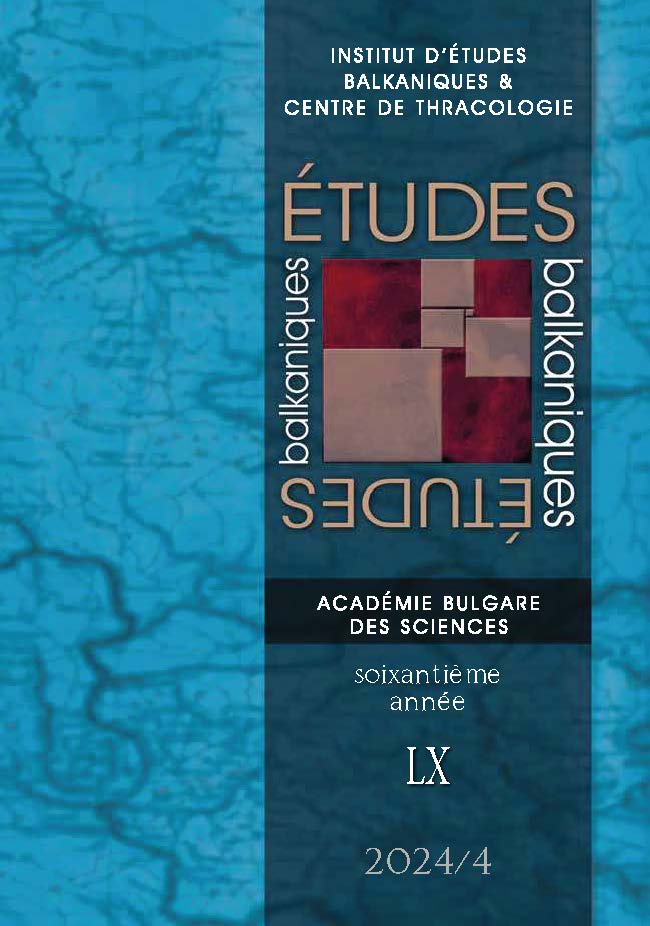
This special issue reflects on the cultural relations of state-socialist Romania between the 1950s and 1980s from the perspective of “cultural internationalism” and “cultural transnationalism”, both within the state-socialist world, and beyond.
More...